After spending the first part of 2019 fundraising to build a school in rural Cambodia, I recently had the wonderful opportunity to visit the school and take part in the official opening ceremony.
Myself and the fundraising team led by Alisoun Mackenzie, along with representatives from charity partners Classroom of Hope, Acts of Kindness Collective and Child’s Dream were welcomed with smiling faces and treated like royalty, and of course with any event of this type there were a number of speeches as part of the proceedings.
Most of the ceremony was in Khmer so I couldn’t understand what was being said; however, even without speaking the language it was clear which speakers were able to connect with the 400-500 primary school students, parents, local supporters and VIPs in the heat of the midday sun.
If you are asked to speak at this type of official event and you want people to take notice of what you’re saying, here are some tips that will help you to engage your audience (hint - these tips can be applied for any type of public speaking):
Learn some of the language
If you’re presenting in a place where you don’t speak the language, your audience will appreciate if you can at least say a few words of greeting in their language. If you do this at the beginning of your speech it will help to build rapport.
Get out from behind the lectern
A lectern can create a barrier between you and your audience. If you want to really connect with people, make sure you have a handheld or lapel microphone so that you can get out from behind the lectern and engage people. (This is particularly important when speaking with a group of bored, hot and disinterested children! The speakers who did this were very well received).
Don’t read from notes
We’ve all sat through talks and presentations where the speaker read word for word from notes and barely gave the audience a glance. Unless you are very well practised at delivering speeches using written notes so you that are able to deliver it with expression and can make good eye contact with the audience, it would be better to use bullet points and simple notes or images to keep you on track. Rehearse it a few times first to ensure it flows smoothly and to help embed it in your memory.
If you have to read a speech, remember that we don’t speak in the same way that we write so make sure you write it out in a conversational style using short, punchy sentences. It probably won’t look grammatically correct on paper, but it will be much easier to read and to listen to, and it will give you an opportunity to look at your audience without losing the flow.
Learn how to say the names of the VIPs
If you need to introduce speakers or mention people in your talk, take some time to learn how to say their names. This can sometimes be difficult if the names are not familiar or in another language so ideally check pronunciation with the individual, make a note of it phonetically and practice saying it so that it flows smoothly.
Make it easier for an interpreter
If using an interpreter, ensure you speak slightly slower than usual with clear diction and in short sentences so that they have the opportunity to convey your message as you speak. If it is not simultaneous interpreting, you will need to pause after each sentence to allow the interpreter time to speak before moving on.
Keep to your allocated time
I’ve said it many times, and I will say it again: if you go over your allocated time, you are disrespecting the audience, the organisers and any presenters who may be following your talk. Always stick to your allocated time.
Be prepared to cut your speech
Following on from the point above, if the event is running over time check with the organiser whether they want to you to speak for the full amount of time or cut it short to help the event get back on track. The organiser and the audience will love you for it!
Mel Sherwood is a Presentation Skills and Personal Impact Speaker and Founder of The RED Effect™. She works with ambitious business leaders, teams and individuals who want to express themselves with confidence, credibility and charisma. An Australian based in Scotland, Mel is an award-winning speaker, author and coach and combines over 25 years’ experience in business with a background as an actor, presenter and singer.

